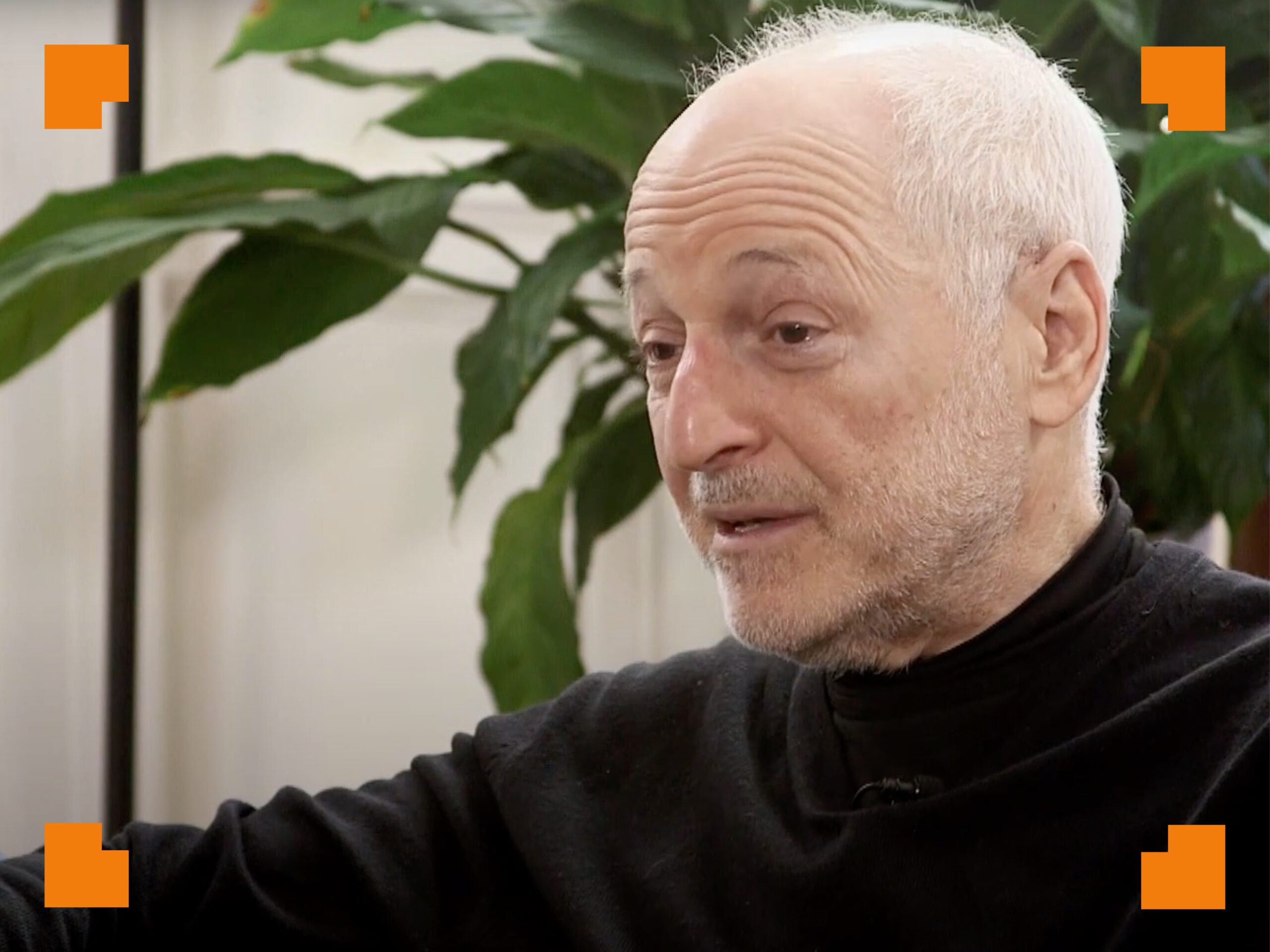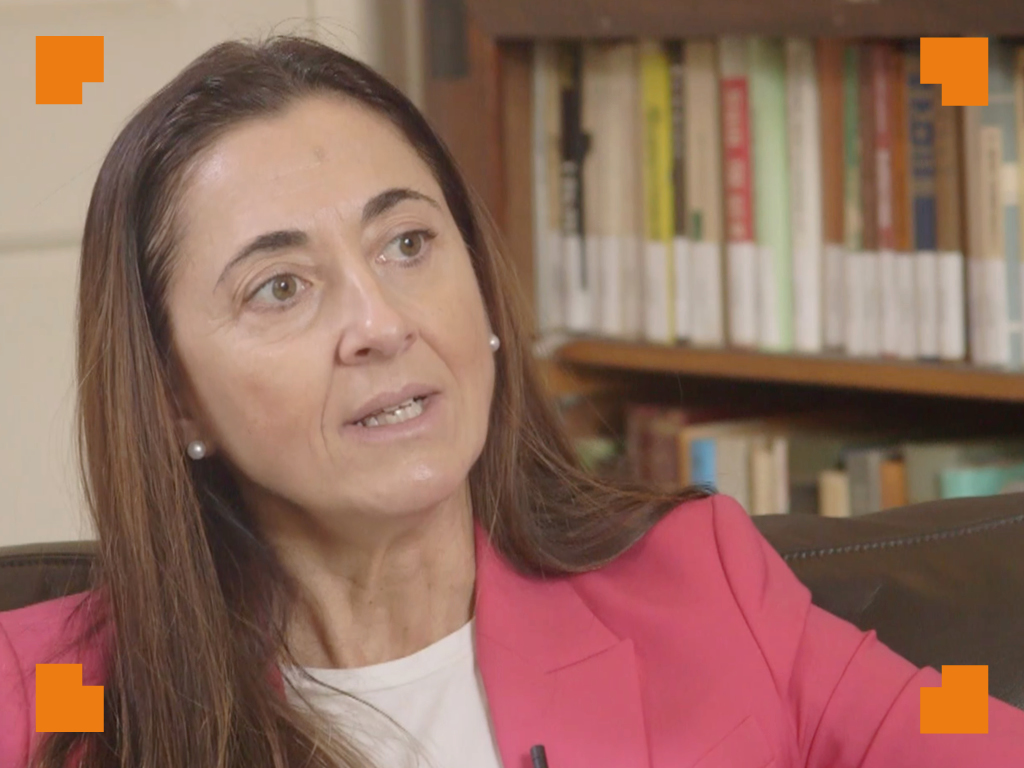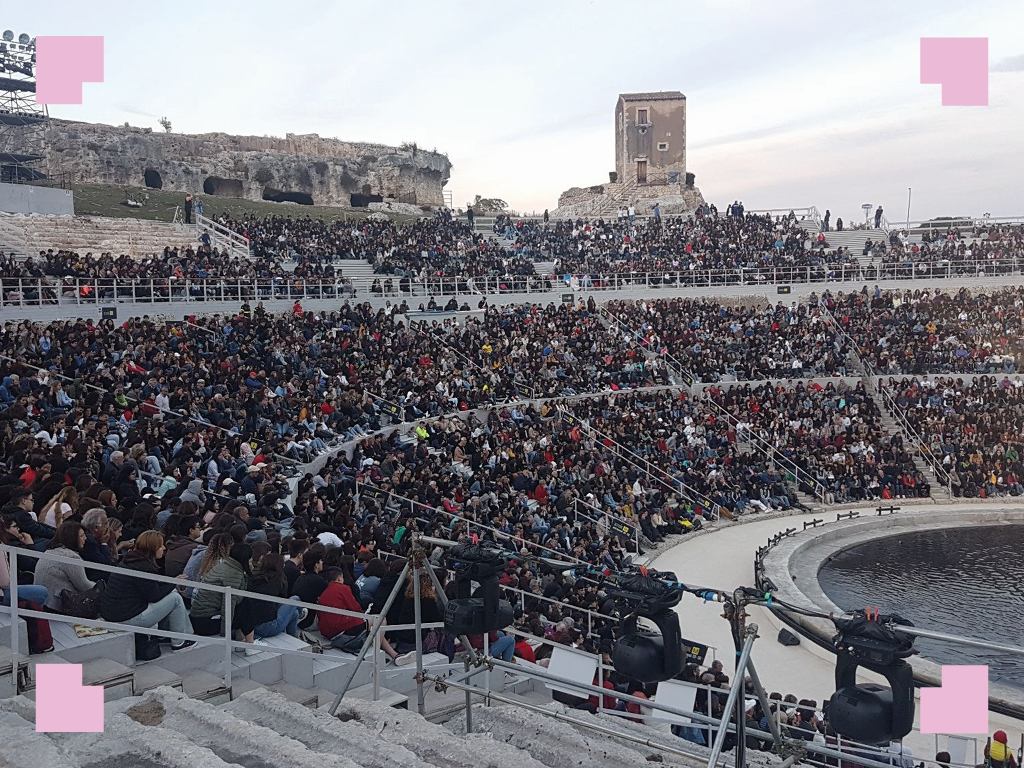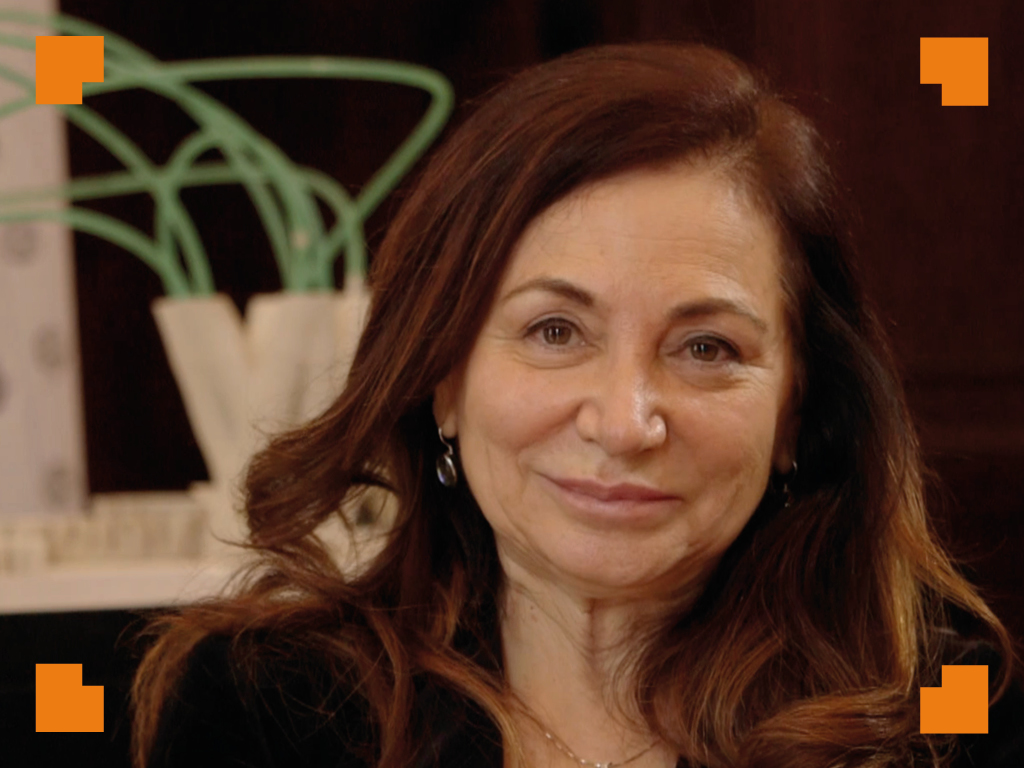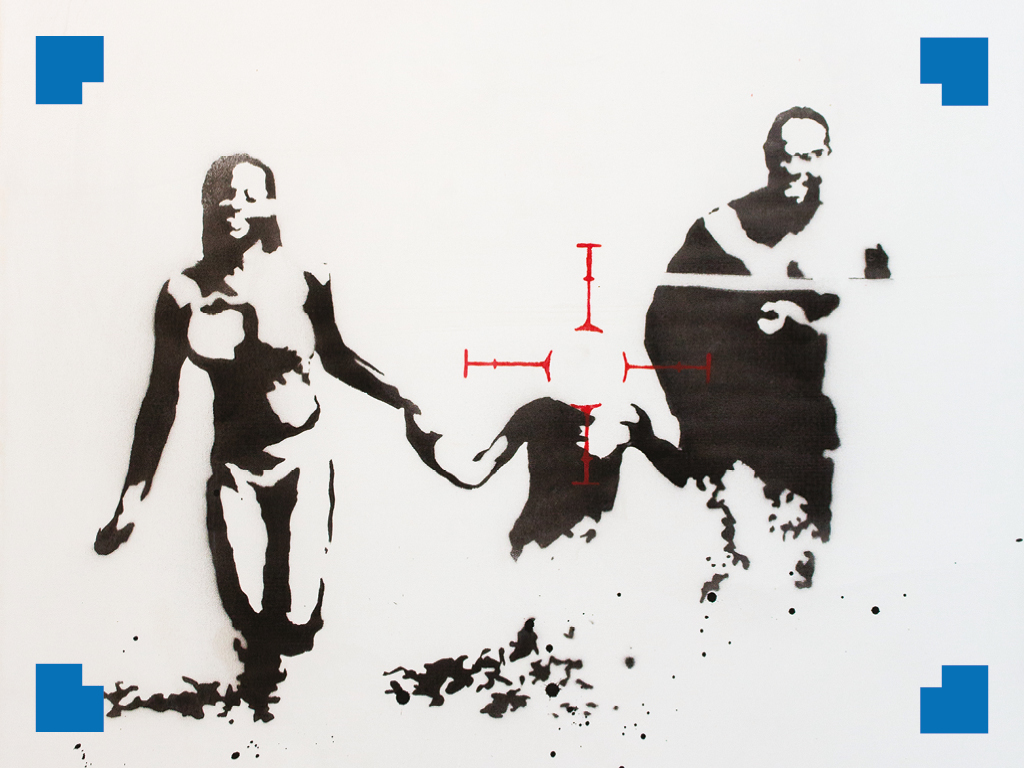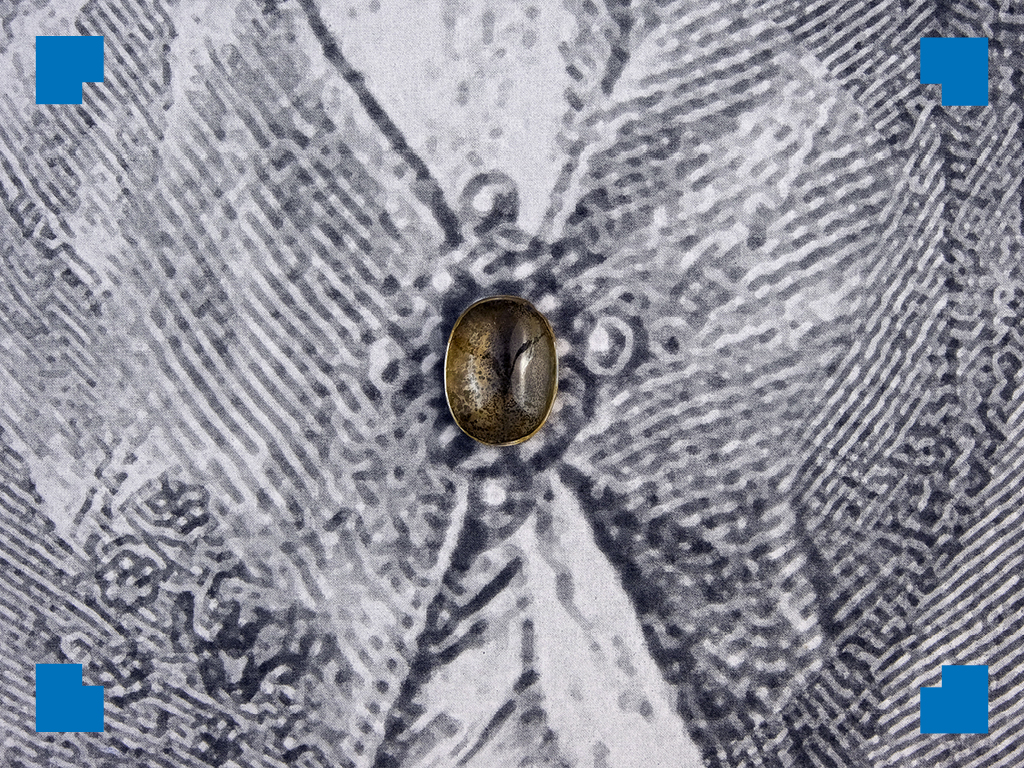
An Unknown Jewel of Frederick II from Palermo to New York
From March 7 at the Italian Cultural Institute in New York within the exhibition Constance. Women and Power in the Mediterranean Empire of Frederick II you will also find the quartz cabochon found in the sarcophagus of the Emperor
It sat for decades in a safe, but its brilliance never dimmed. Back to light and ready to leave for New York is the cabochon-cut quartz that adorned the fibula of the mantle with which Frederick II was laid in a red porphyry sarcophagus in 1251 in Palermo Cathedral. The stone has never been exhibited before and will be among the treasures of the exhibition Constance. Women and Power in the Mediterranean Empire of Frederick II, which opens March 7, 2022, at the Italian Cultural Institute of New York, in the presence of Italian Ambassador to the United States Mariangela Zappia and Institute Director Fabio Finotti. Produced entirely by the ICI – an organ of the Ministry of Foreign Affairs and International Cooperation (MAECI) to promote the image of Italy and its humanistic and scientific culture abroad – it will be inaugurated close to International Women’s Day, since the relationship between women and power is crucial issue.
A remarkable exhibition, created with philological rigor by Maria Concetta Di Natale, Pierfrancesco Palazzotto and Giovanni Travagliato from the University of Palermo. For the first time in the United States, it will be possible to see extraordinary exhibits, some of which have never been loaned before, that tell the story of four powerful women who lived between the 12th and 14th centuries, all linked to Frederick II and all baptized with the name Constance: the emperor’s mother, wife, daughter and granddaughter. The works on display tell the story of Constance of Altavilla, queen and empress (1154-1198), mother of Frederick II; of the first wife of the “Stupor mundi” (‘Wonder of the world’), Empress Constance of Aragon (1184c.-1222), whose 800th death anniversary falls this year and whose funeral rings will be on display; of Empress Constance (1231c.-1307 /13) natural daughter of Frederick II and Bianca Lancia and child bride of John III Ducas Vatatzes, Emperor of the East in Nicea; and of Queen Constance (1249-1300), daughter of Manfredi, another natural son of Frederick II.
The New York exhibition, which can be visited at the ICI premises on Park Avenue until April 8, addresses two topics – the relationship between women and power and the relationship between Italian-European and Mediterranean spaces, represented by the world of Frederick II and Constance of Aragon – through a collection of treasures from the Cathedrals and Diocesan collections of Palermo and Monreale, from the Municipal Library and from the Palatine Chapel, from the Salinas Archaeological Museum and from the Gallery of Palazzo Abatellis in Palermo, from the collections of the Sicilian Regional Assembly, as well as from private lenders, thanks to the commitment of the regional offices in charge of the preservation and enhancement of Cultural Heritage. The University of Salento is also preparing a series of video-lectures dedicated to Frederick’s civilization and curated by Francesco Somaini.
“I am proud to bring Palermo and Sicily to New York – says Fabio Finotti, director of the ICI. The civilization of Frederick II is extraordinary and played a pivotal role in the development of our history, not only political but cultural. We must not forget that Italy was made first with language and poetry rather than with weapons, and that in De Vulgari Eloquentia Dante identifies the Sicilian poets of Frederick II’s court as the very origins of ‘Italian’ poetry. The valorization of the Mediterranean civilization is also central to this project, not only for our history but also for our future. And the exhibition mainly calls attention to the relationship between women and power, which should certainly be addressed in a new way”.
And here we come to the precious quartz exhibited for the first time to the public, which only upon its return to Palermo will be shown in the Norman Room of the new setting of the Cathedral Treasury, as reported by the scientific curator of the Treasury Maria Concetta Di Natale. The king died in 1250 in Apulia and, although excommunicated, was buried in the Cathedral of Palermo. In 1781, his sarcophagus was opened in the candlelight: the body of Frederick II appeared in excellent condition, wearing several tunics embellished with buckles, ornaments and embroidery; his hands were crossed on the stomach, the right adorned with a ring with a large emerald, his head was wearing a crown of gilded silver leaf, pearls and precious stones; next to his neck was the imperial globe, on the left side his sword. The tomb remained open for twenty years, until 1801. As noted by Pierfrancesco Palazzotto, the book of the historian Francesco Daniele – who attended “live” the opening of the great red porphyry sarcophagus (I regali sepolcri del Duomo di Palermo riconosciuti ed illustrati, Naples 1784, also in the New York exhibition) – not only describes the chronicle of a discovery, but it also started the recovery of the memory of the Norman-Swabian kingdom, which was crucial for the spread of revivals in nineteenth-century Palermo. In 1994 the remains of Frederick II were subjected to an endoscopy and in 1998 the sarcophagus was opened again: the electronic eye, however, identified only rags, straw and tow usually used to fill embalmed bodies. Where are the vestments and the precious objects? Scholars still wonder about the violation of the tomb during the last two centuries.
The cabochon quartz displayed to the public for the first time in the Constance exhibition can be seen – as reported by Giovanni Travagliato – in the central stone of the mantle fibula reproduced in one of the drawings in Daniele’s volume showing the emperor’s body. The stone, while it was being cleaned at the Centro Regionale per la Progettazione e il Restauro in Sicily, was identified as quartz by spectrographic analysis conducted by the University of Palermo in 2007. Around the stone in the sarcophagus, they also found some beads that are now preserved by Monsignor Filippo Sarullo, director of the Diocesan Museum of the Sicilian capital, who strongly supported the exhibition. The beads are very similar to those of the famous crown of Constance (preserved in the Treasury of the Cathedral of Palermo, a copy of which will be exhibited in New York) and to those of the coronation vestment of the kings of Sicily now preserved in Vienna.
The exhibition and lectures will also be available on the www.stanzeitaliane.it platform, which has been the ICI’s virtual museum for the past year.
